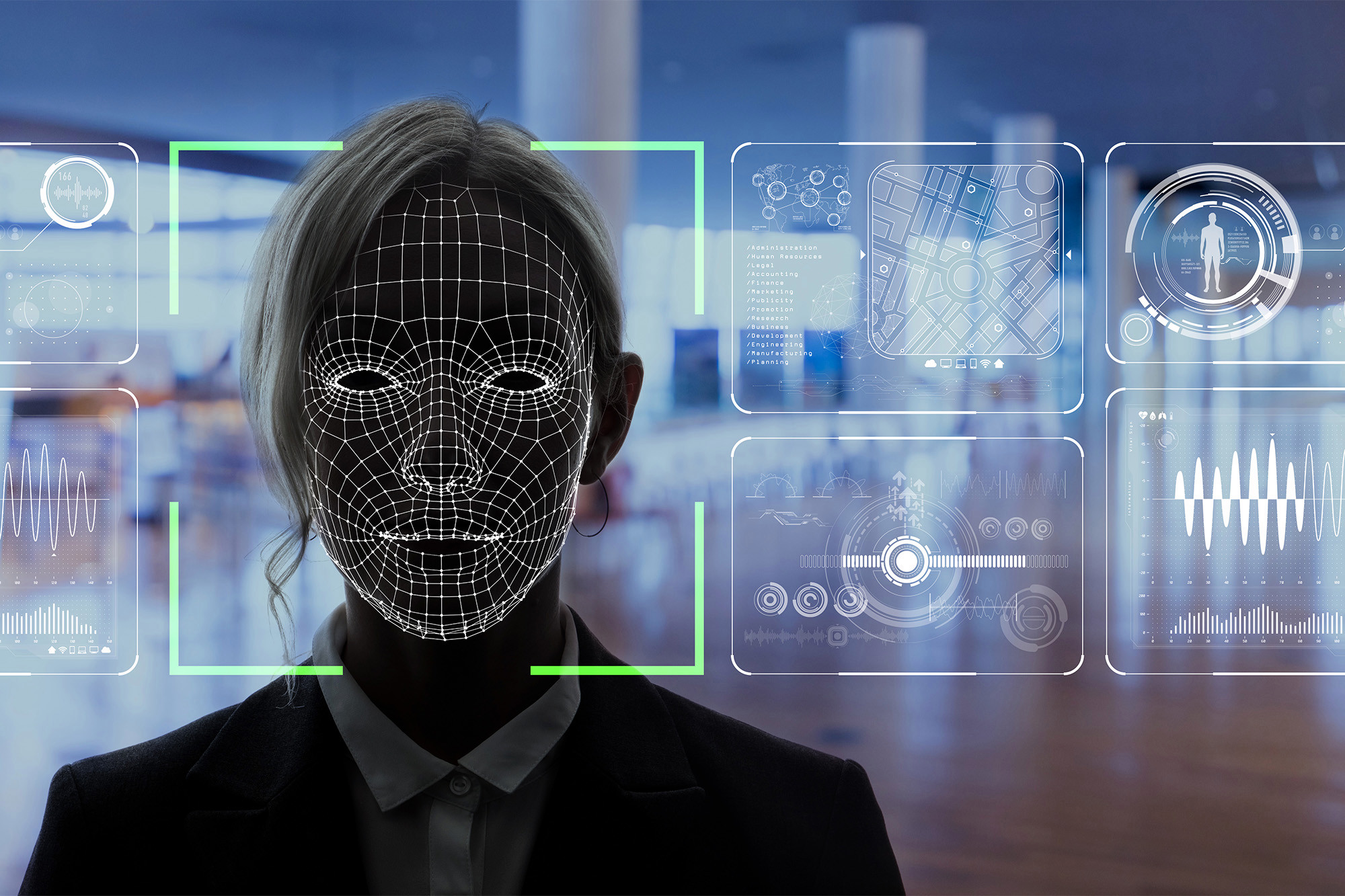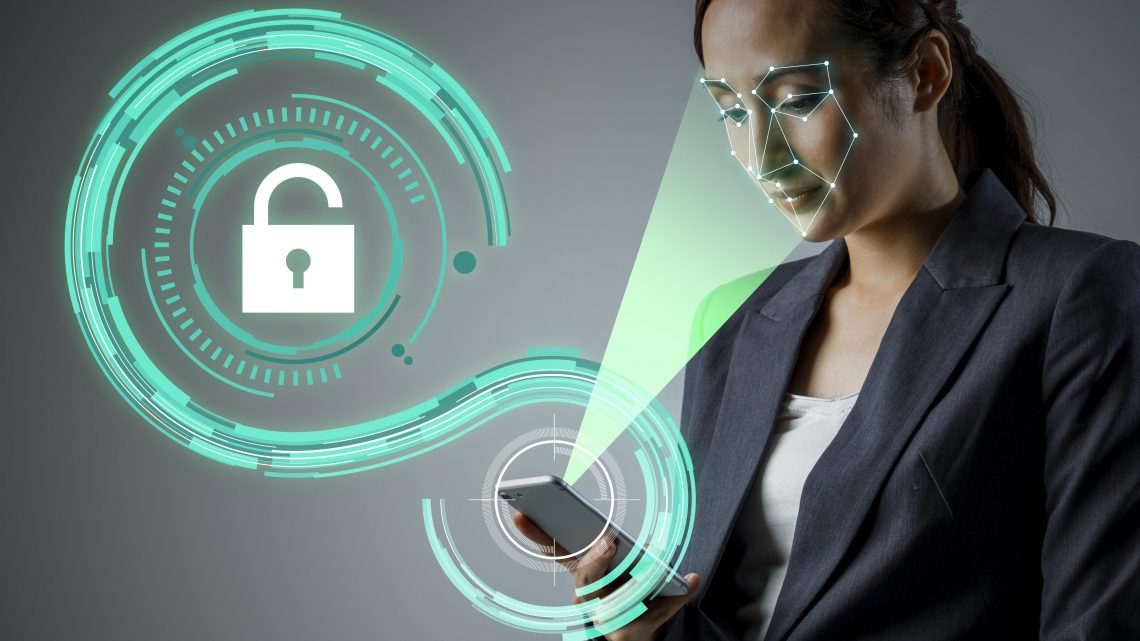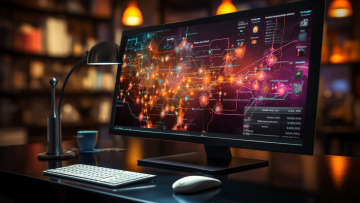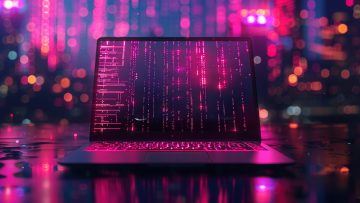The emergence of digital identification is a big deal for global society. There are many reasons why this is happening now, but the most important one is that the Internet has multiplied the number of cases when we need to identify ourselves electronically. The most obvious cases are connected with commercial transactions: as more and more of our commercial actions take place online, we need trustable ways to prove our identity online.
But it’s important for many other things as well. It’s important for security: if you’re going to protect something with passwords, you have to make sure that the passwords belong to real people. It’s important for law enforcement: if you’re going to track criminals or stop illegal behavior online, you need to know who the criminal is. It’s also important for privacy: if you have sensitive personal data stored online, you want to know for sure that only those who are entitled to access it can do this.
The biggest problem of digital identification is that there are very few unified standards, and the standards that do exist usually do not include government-issued IDs. This means that digital identification is usually purely associated with an identifier issued by a private or semi-private organization, such as a corporation or non-profit organization (or even just an individual).
From an idea to the problems
The idea of digital identification seems like a very effective way to solve many problems created by the analog world in which we live nowadays. The idea of “one person, one identity” is not only convenient for recognizing each other, but also very important for verifying the identity. However, when we try to apply this idea in the digital world, more and more questions arise.
If a person has several devices that he uses every day, how can his identity be identified? Do all these devices have to have the same identity? Or should they be treated as different identities? These questions are particularly relevant when considering the different functions that each device can perform.

For example, a company may want its employees to use personal computers or phones to check email rather than company-owned devices. Also, if a person has multiple accounts on such sites as Facebook and Twitter, do we consider that he or she has multiple identities or just one?
An even more difficult problem arises when we begin to think about how a person can verify its identity online. Simply saying “I am who I say I am” is not enough, because there is no way for others to verify it. It can happen only if you try to prove your identity by showing some documents or pictures.
Digital identity: the denial of anonymity and whether it is important?
Previously anonymity was almost taken for granted. If you bought something in a store, unless you paid by check or credit card, the transaction was anonymous. If you mailed a letter by post, it was anonymous. If you talked on the phone, no one could know who you were unless they were physically near you.
But high technology has changed those things. Checks and credit cards link a purchase to a certain person; mailings are more and more often checked for fingerprints; cell phones and security cameras allow us to track people’s movements. And, of course, the Internet is a goldmine for those trying to learn about a person’s identity; if you want to know someone’s name or address, just ask Google.
Thus the question arises: is anonymity so important nowadays? The answer to this question depends on why we value anonymity. One reason is that it can make us better people: if we think others can’t identify us, we are less likely to act in ways that make them judge or punish us. Another reason is that anonymity helps protect our freedom of speech: for example, if someone wants to say something controversial, or share an opinion not supported by the majority. How it goes forward, and whether it is the right direction, time will tell.





